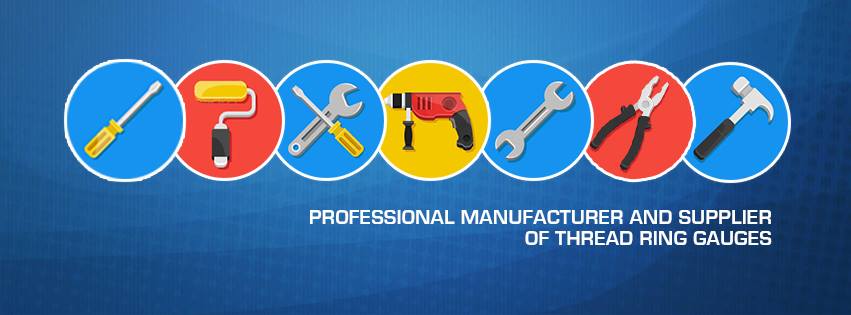
DISTINGUISHING CHARACTERS BETWEEN UN THREAD TAPS AND UN THREAD GAUGES
UN thread taps and UN thread gauges often confuses new users by the assumption of same functioning. In actual, both of these helps in different situations. In this article, we will be distinguishing the UN thread taps and UN thread gauges separately.
First, taking the UN thread taps in consideration, they are actually used for the threading of UN internal thread which included 2B, 3B, and a few more. On the other hand, UN thread gauges are used as Unified Constant Pitch thread gauges.
The actual function of the UN thread taps is; they are generally used in a single volume production. UN thread gauges are basically used for checking the pitch diameter and major diameter of the work piece under consideration. The thread angle and pitch inspection are also done by UN thread gauges.
UN thread taps are famous for being low-cost tool as well as being less-dependent on workers for the operation sake. They also offer high thread accuracy as a plus. On the other side, the UN thread gauges are also a quick and easy to use tool with low-cost and accurate measurements.
Many professional manufacturers and suppliers of UN thread taps will be offering the buyers to get sets as well as individual taps. One single product usually comes with taper and bottom taps. Some of the various types of UN thread taps available online are:
- Straight flute UN thread taps
- Spiral point UN thread taps
- Spiral flute UN thread taps
- Fluteless UN thread taps
For the UN thread gauges, you have following two main types:
- UN thread plug gages (Taperlock double ends with one handle).
- UN thread ring gages (Solid ones)
The material use of UN thread taps is; HSS (high speed steel) and ground thread while for UN thread gauges, it is; GCr15 bearing steel-oil hardened tool steel (high wear resistance). Also, the standard for UN thread taps is ASME B94.9-1999 and for UN thread gauges it is ASME B1.2-1983 ASMEB1.3-2007.
There are a few characters for UN thread gauges that are not offered such as they do not check minor diameter of thread. For doing so, the gauge will require plain thread gages. The UN thread gauges works on a pass/fail basis hence, it does not check detailed size.
Now that you are well aware of the major differences offered by the two; UN thread taps and UN thread gauges, the next is to find a reliable supplier. The best one will offer long form calibration certificates from a third-party inspection lab (ISO17025) for both the taps and gages.